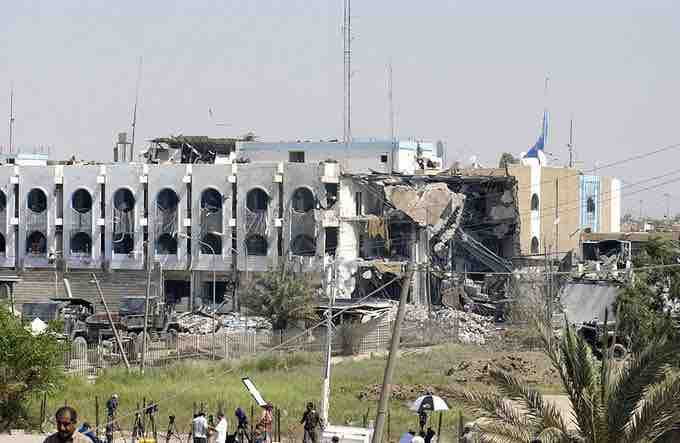Business assets that have suffered a loss in value are subject to impairment testing to measure and recognize the amount of the loss.

Physical damage to an asset can result in an impairment loss.
The impairment of a building is measured by determining the amount of value the asset has lost.
To measure the amount of the loss involves two steps:
- Perform a recoverability test is to determine if an impairment loss has occurred by evaluating whether the future value of the asset's undiscounted cash flows is less than the book value of the asset. If the cash flows are less than book value, the loss is measured.
- Measure the impairment loss by calculating the difference between the book value and the market value of the asset.
The use of undiscounted cash flows in determining impairment loss assumes that the cash flows are certain and risk-free, and the timing of the cash flows is ignored. For example, assume a new USD 20,000 sewing machine, with a useful of life of 3 years, is damaged and has a new book value of USD 10,000.
The expected undiscounted cash flows generated by the machine after the damage are:
- USD 2,000 in Year1
- USD 2,000 in Year2
- USD 2,000 in Year3
Since the asset's future undiscounted cash flows are USD 6,000, less than the USD 10,000 book value, an impairment loss has occurred. Use the market value of the sewing machine, USD 20,000, and deduct the USD 10,000 book value to arrive at an impairment loss of USD 10,000.
Certain assets with indefinite lives require an annual test for impairment. Trademarks and Goodwill are examples of intangible assets that are tested for impairment on an annual basis.